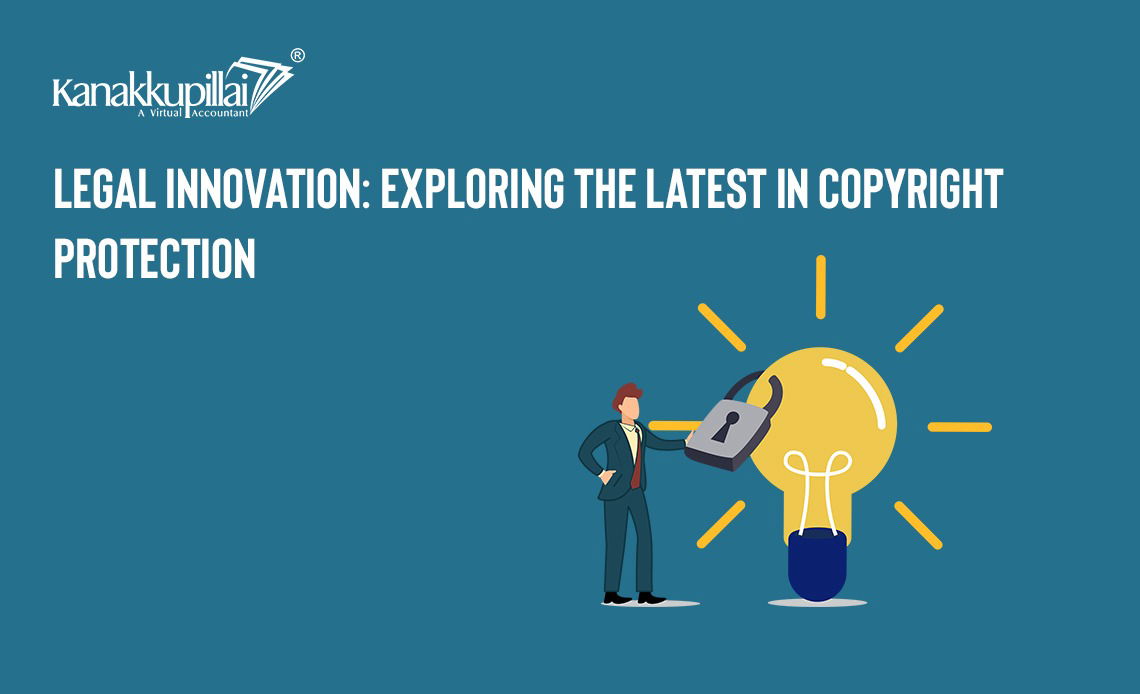Protecting artists’ rights has grown into a major focus of the legal scene in the digital age of ours. The constant development of the legal system protecting artists’ intellectual property and copyright protection is important to fit the fast-changing digital content scene. The way we create, receive, and share material has changed as social media, internet sites, and digital sharing methods have grown. This liberalization of material sharing has created major problems for copyright users, therefore questioning the truth of conventional copyright laws.
The Digital Challenge
The internet era has given artists formerly unheard-of chances to publish their work worldwide. Still, this accessibility has also resulted in a spike in copyright infringement. Protection of intellectual property has become more challenging for authors given the simplicity of sharing and downloading materials. Often insufficient in handling the scope and complexity of contemporary copyright infringement, the conventional copyright system depends on legal action and enforcement.
Recent Advancements in Copyright Protection
To handle these issues, the judicial system is adopting innovative methods to improve property security. One potential development is blockchain technology. Blockchain can create permanent records of ownership and transactions, allowing artists to automate fee payments and verify their work. This autonomous and open system ensures that artists receive fair pay for their work while also providing a safe and reliable method for tracking and confirming ownership.
Another important development is the role of Artificial Intelligence (AI) in copyright protection. AI-powered content recognition systems can spot protected material across different platforms and quickly flag possible infringements. This technology allows artists to watch their work more effectively and take quick action against infringers. Additionally, AI-generated works may be suitable for copyright protection, as the code and instructions used to create them could meet the requirement of “skill and judgment” in creativity.
Non-fungible tokens (NFTs) show another interesting option for copyright protection. NFTs can serve as badges of trustworthiness, tying authors to their work and opening new cash streams. By making a digital coin that represents ownership of a unique digital object, artists can market their work in new and innovative ways.
Strengthening DMCA Safe Harbour
Offering a safe harbour for internet service providers, the Digital Millennium Copyright Act (DMCA) helps to protect companies from responsibility for illegal material kept on their systems. This safe haven has been attacked, however, for being overly expansive, enabling platforms to evade accountability for the material they feature. By enforcing stronger takedown policies and enhancing openness, innovative ideas aim to strike a compromise between the rights of content providers and internet platforms. This entails mandating platforms to behave more aggressively in spotting and deleting pirated material as well as giving authors better instructions on how to document infringement.
Global Collaboration and Standards
Copyright abuse knows no borders, making international cooperation crucial for effective security. Organizations like the World Intellectual Property Organization (WIPO) enable international cooperation on copyright issues, setting basic standards for copyright protection and promoting the development of new legal frameworks. By working together, countries can build a more united and effective system for protecting artists’ rights worldwide.
Conclusion
The protection of copyright is a cornerstone for creators, artists, and innovators in the always-changing digital content production and dissemination scene. These developments improve copyright registration and provide fresh paths for direct audience interaction and income generation. It is imperative to give artists’ rights first priority and guarantee that they get just pay as the legal system keeps changing to fit the demands of the digital age. Accepting these innovative technologies and approaches will help us build a fairer and more sustainable system for the distribution of digital information.





